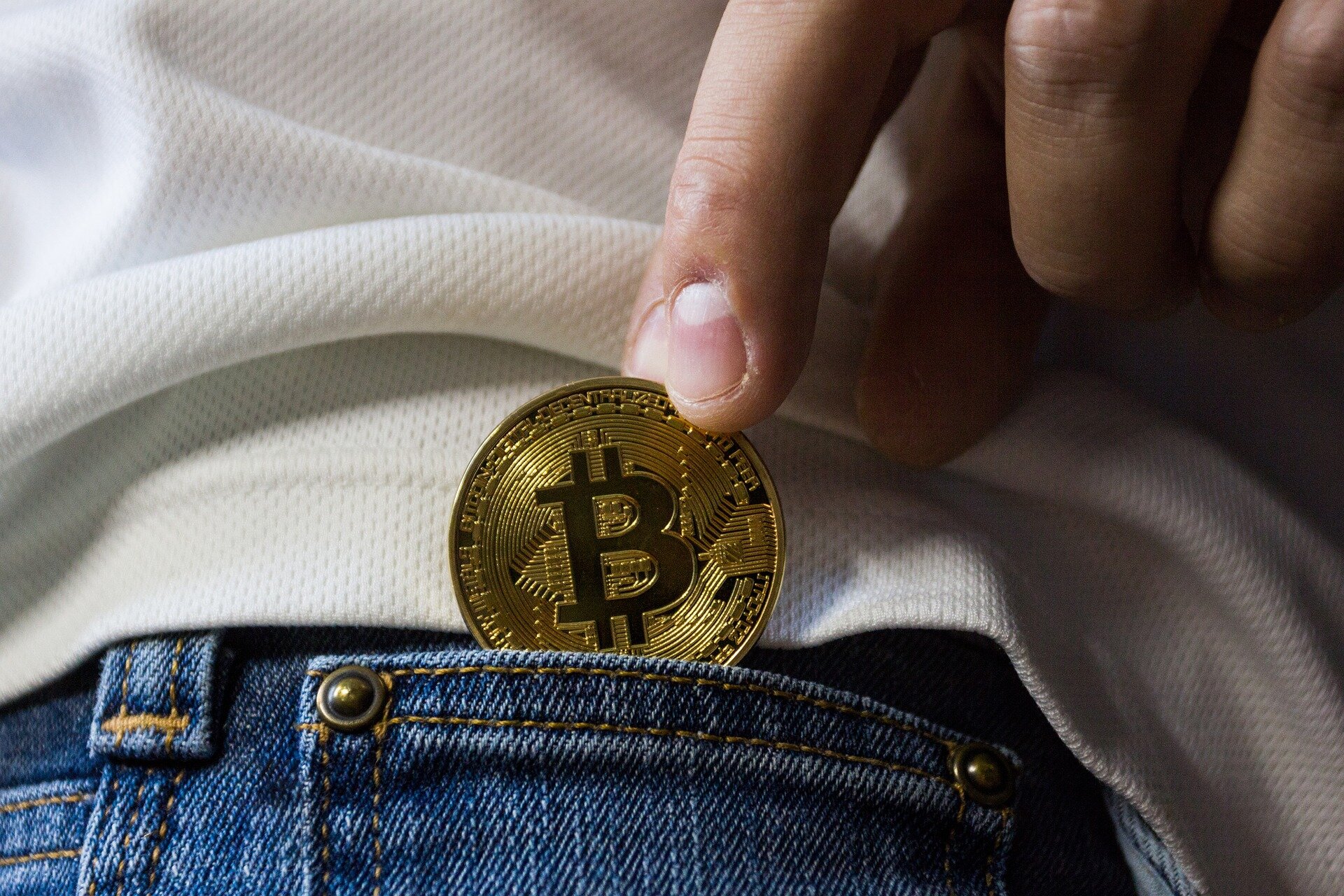Bitcoin and the Food and Beverage Industry. What’s the Connection?
/You’ve probably heard of Bitcoin — a type of digital currency taking the world by storm. Created in January 2009 by the pseudonymous Satoshi Nakamoto, the currency follows the ideas set out in a whitepaper. It offers lower transaction fees than traditional online payment mechanisms and is managed by a decentralized authority. Bitcoin is created, distributed, traded, and stored via a decentralized ledger system using peer-to-peer (P2P) technology, known as a blockchain. And the currency’s potential impact on the central banking system should not be underestimated. But what’s the connection between bitcoin and the food and beverage industry? And should we be paying attention?
Gaining Traction
Bitcoin has been gaining traction in the food and beverage industry for some time. MasterCard recently announced their plans to enable cryptocurrency payment options. And restaurants operated by Landry’s will soon accept bitcoin as payment for their meals. Speaking to CNBC, Landry’s CEO Tilman Fertitta said 80% to 90% of the company’s restaurant brands, including the Bubba Gump Shrimp Company and Morton’s The Steakhouse, will now be accepting bitcoins from their customers. The website www.takeaway.com also accepts bitcoin. The platform operates in around 12 markets, mostly European, and supports their transactions through crypto payment processor Bitpay. But let us also not forget the ‘Bitcoin Pizza Guy’, Jeremy Sturdivant, who received 10,000 bitcoins in 2010, which are now worth $364 million – and spent the coins on ordering two pizzas!
Blockchain, Traceability and Food Safety
A blockchain is a growing list of records, called blocks, that are linked together using cryptograph. Simply put, the blockchain collects information together in groups, and holds that information, which can’t be changed. It’s this powerful blockchain technology that forms the building blocks of bitcoin, but it’s also becoming increasingly prominent in the food and beverage industry.
Safety remains a top priority for the food and beverage industry. Sadly, the World Health Organization (WHO) estimates that 420,000 people now die annually from food contamination. Blockchain enhances the ability to instantaneously pinpoint potential sources of contamination so the industry can prevent, contain and rectify food outbreaks — saving costs and saving lives in the process.
Restaurants and food and beverage manufactures are increasingly investing in traceability software solutions powered by blockchain in a similar manner. This traceability software can trace the entire lifecycle of food products from “farm to fork”, or “farm to table”. And as the FDA make increasing demands on food safety, and since the food and beverage industry is increasingly complex and fraught with risk, blockchain technology can provide all the answers for restaurant owners and food and beverage manufacturers.
Bitcoin Energy and the Beverage Business
Bitcoin Energy is the official bitcoin energy drink and its proving to be very popular as a literal ‘liquid asset’. This beverage is a great example of how the industry is becoming increasingly inspired by cryptocurrencies in terms of their branding and design. According to the Trend Hunter website, “Whether purely through aesthetics or incorporated in functionality, the merging of these unlikely industries reveals the potential for how brands can cross-collaborate in seemingly unrelated areas”.
As blockchain continues to evolve and develop and becomes a central focus to the food and beverage industry, Cashmere are spearheading the technology and its capabilities. Get in touch today to learn more.










